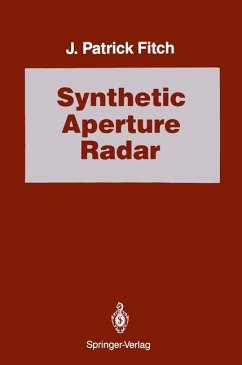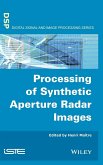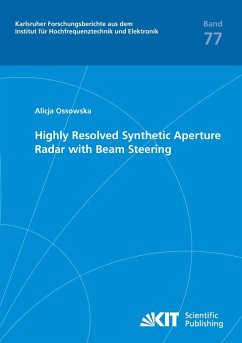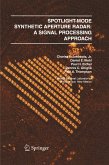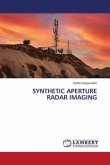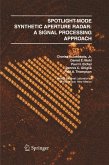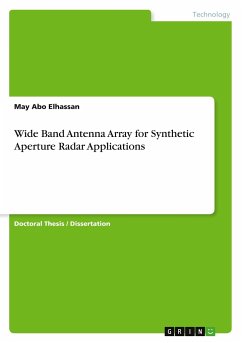Radar, like most well developed areas, has its own vocabulary. Words like Doppler frequency, pulse compression, mismatched filter, carrier frequency, in-phase, and quadrature have specific meaning to the radar engineer. In fact, the word radar is actually an acronym for RAdio Detection And Rang ing. Even though these words are well defined, they can act as road blocks which keep people without a radar background from utilizing the large amount of data, literature, and expertise within the radar community. This is unfortunate because the use of digital radar processing techniques has made possible the analysis of radar signals on many general purpose digi tal computers. Of special interest are the surface mapping radars, such as the Seasat and the shuttle imaging radars, which utilize a technique known as synthetic aperture radar (SAR) to create high resolution images (pic tures). This data appeals to cartographers, agronomists, oceanographers, and others who want to perform imageenhancement, parameter estima tion, pattern recognition, and other information extraction techniques on the radar imagery. The first chapter presents the basics of radar processing: techniques for calculating range (distance) by measuring round trip propagation times for radar pulses. This is the same technique that sightseers use when calculat ing the width of a canyon by timing the round trip delay using echoes. In fact, the corresponding approach in radar is usually called the pulse echo technique.
Hinweis: Dieser Artikel kann nur an eine deutsche Lieferadresse ausgeliefert werden.
Hinweis: Dieser Artikel kann nur an eine deutsche Lieferadresse ausgeliefert werden.

